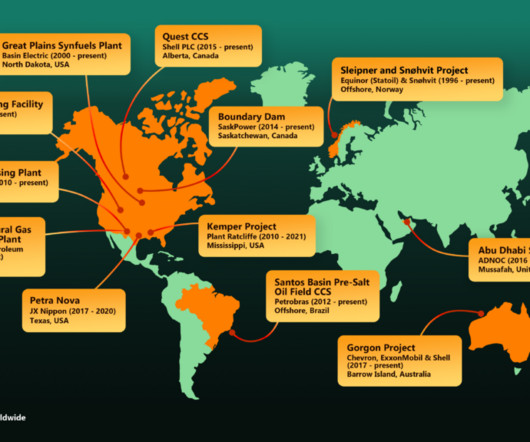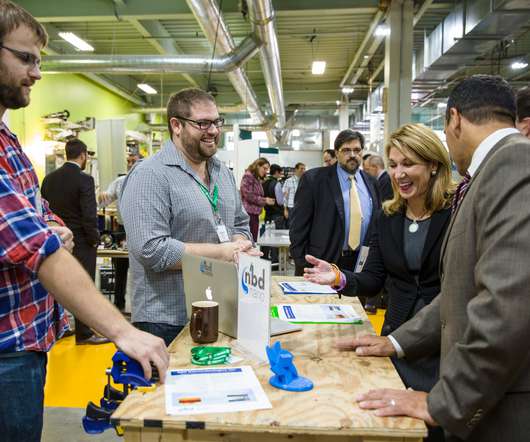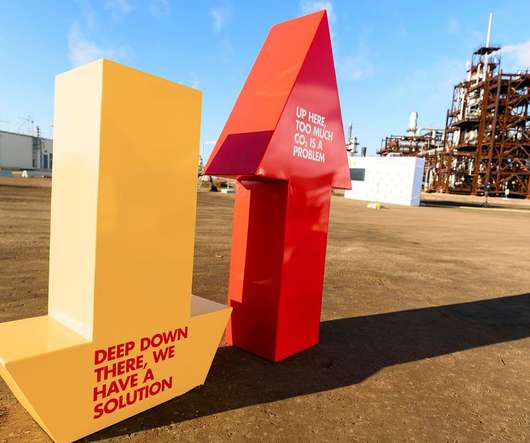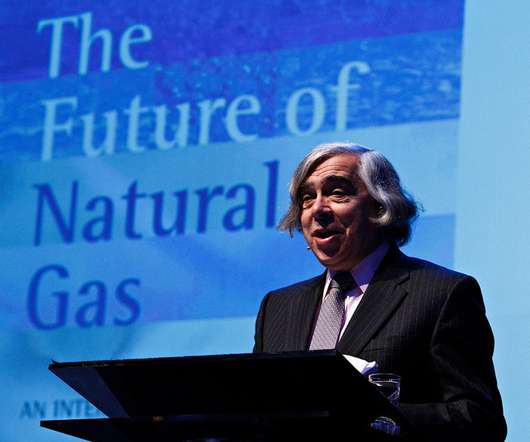Eight ways to seize the net zero opportunity
Business Green
SEPTEMBER 3, 2020
This decade alone, the industry must: Increase low carbon electricity generation by approximately 50 per cent from sources such as wind or solar power. Develop carbon capture usage and storage (CCUS) technology and develop hydrogen networks. Championing ultra-fast electric vehicle charging points. million homes.















Let's personalize your content